Grad School Recommendation Letter Template Guide
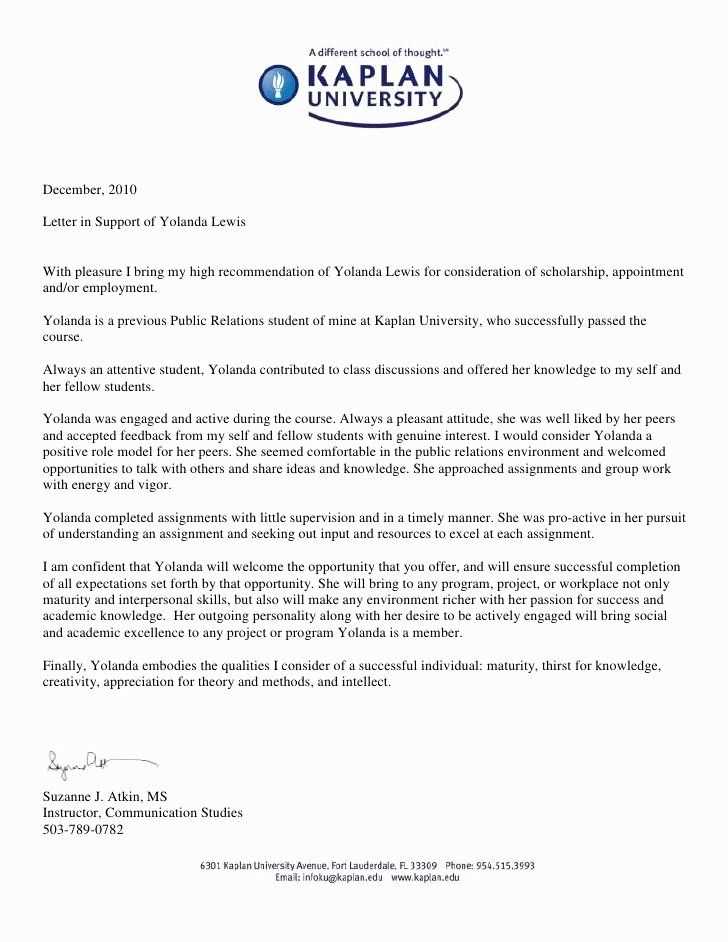
When applying for higher education, one key component of your application package is the support you receive from others. A well-crafted endorsement from someone who knows you well can significantly enhance your chances of acceptance. This type of document serves as a powerful tool in showcasing your qualifications, character, and potential for success.
To make the most of this, it’s important to understand how to structure and present your request effectively. Knowing how to ask for a meaningful reference and providing clear guidelines can ensure that the content truly reflects your strengths. A well-organized and thoughtful approach will help both you and your endorser create a compelling narrative.
Personalized references are a reflection of your unique qualities and achievements. Tailoring each one to the specific program or opportunity you’re pursuing will allow the letter to stand out and provide a clearer picture of your potential. With the right balance of detail and authenticity, this aspect of your application can make a lasting impact.
Grad School Recommendation Letter Template
When crafting a powerful endorsement for an academic application, it’s important to follow a structured approach. This document should highlight the candidate’s skills, experiences, and personal qualities that align with the requirements of the program or opportunity. A clear and well-organized structure ensures that the endorsement remains focused, impactful, and relevant to the reader.
Key Components to Include
Begin by introducing the person providing the endorsement and their relationship to the applicant. This establishes context and credibility. Next, highlight the applicant’s specific strengths, such as their academic abilities, problem-solving skills, or leadership qualities. Use specific examples to illustrate these points and make the reference more compelling.
Personalization and Customization
Personalizing the content is crucial for making the endorsement stand out. Adapt the document to reflect the unique characteristics of the candidate, addressing the specific program or field they are applying to. Avoid generic statements and focus on aspects that demonstrate the applicant’s potential for success in the desired field.
Key Elements of an Effective Letter
Creating a persuasive endorsement involves incorporating several essential components that make the document both credible and impactful. It’s not only about describing the applicant’s skills but also about presenting them in a way that aligns with the specific goals and expectations of the reviewing committee. A clear structure and targeted content are critical for conveying the candidate’s strengths in a convincing manner.
The first crucial element is establishing the relationship between the person writing the reference and the applicant. This context helps provide weight to the statements made. Another key factor is using specific, relevant examples to highlight the applicant’s qualities. Concrete achievements and real-world situations give depth to the endorsement and make it more memorable to the reader. Lastly, a strong closing statement reinforces the candidate’s suitability, leaving the reader with a lasting impression of their potential.
How to Customize the Template
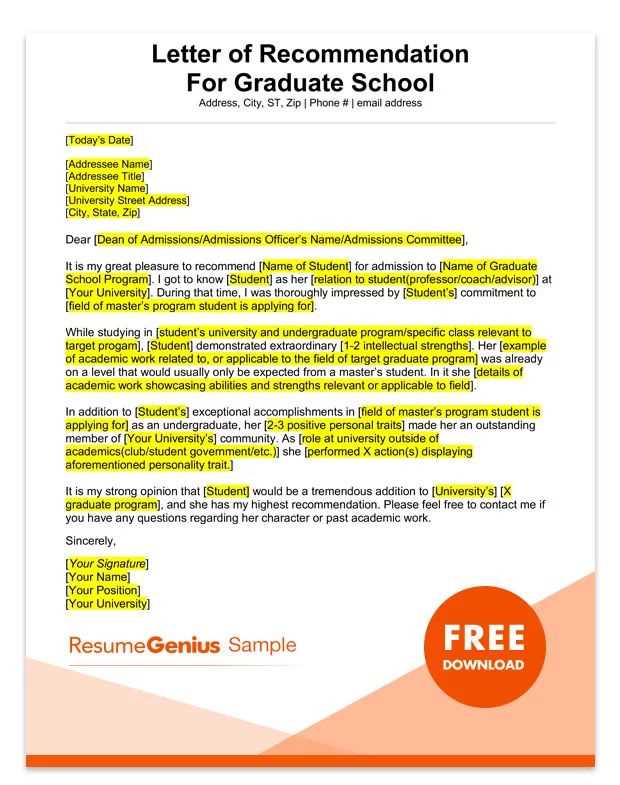
To tailor the document to fit a specific purpose or individual, it’s essential to adjust the structure and content. The goal is to personalize the message while keeping the core points intact. The following steps can guide you through the customization process.
- Understand the Context: Consider the recipient’s needs and the purpose of the message. Whether it’s for a job application or a higher education opportunity, the tone and focus should reflect that.
- Adjust the Opening: Start with a greeting that suits the nature of the relationship between the writer and the recipient. A formal introduction might be appropriate for professional contexts, while a more friendly approach may be better for close collaborations.
- Highlight Relevant Skills: Focus on the skills and attributes that align with the recipient’s goals. This could involve emphasizing leadership qualities, problem-solving abilities, or other competencies that are particularly valued in the specific scenario.
- Provide Specific Examples: Rather than making generic statements, incorporate concrete instances that demonstrate the individual’s strengths and achievements. These examples will make the message more authentic and compelling.
- Tailor the Conclusion: End with a closing statement that reflects the overall sentiment and purpose of the document. Whether it’s offering support or encouraging further communication, the conclusion should reinforce the main points.
htmlEdit
Tips for Writing a Strong Recommendation
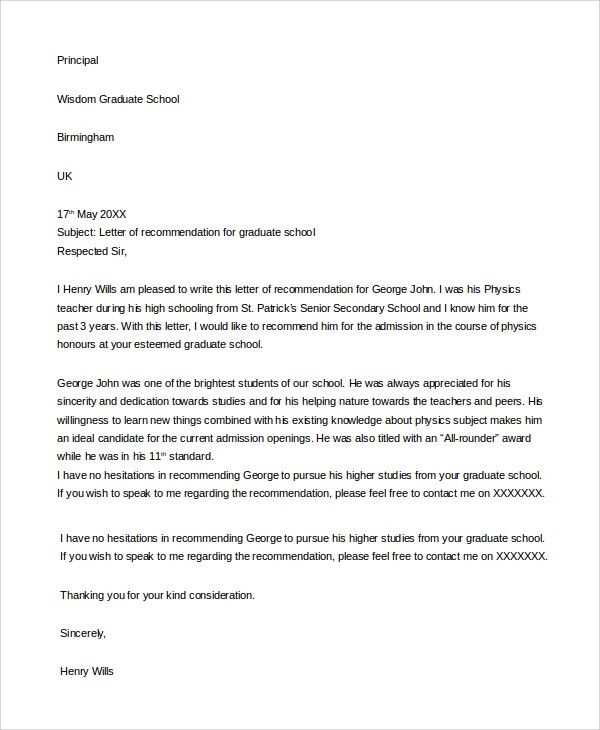
Crafting a compelling endorsement is essential when highlighting someone’s abilities and potential. To make the most impact, focus on conveying their unique strengths, character, and accomplishments in a clear and authentic manner. This will allow the reader to understand why the individual stands out among others.
1. Focus on Specific Examples
Rather than making vague statements, use concrete examples to demonstrate the individual’s abilities and qualities. Specific instances where they excelled can illustrate their skills better than general praise.
2. Be Honest and Objective
While enthusiasm is important, it’s equally crucial to maintain a balance by being truthful. Highlight both strengths and areas of improvement to present a fair and well-rounded view.
3. Personalize the Message
A recommendation should feel genuine. Tailor your endorsement to the individual’s unique experiences and goals, ensuring it aligns with what they are pursuing next.
4. Highlight Growth and Potential
Emphasize not only past achievements but also the potential for future success. Show how the individual’s trajectory aligns with the opportunities they are seeking.
5. Maintain Professional Tone
While a recommendation should feel personal, it should also retain a professional and respectful tone. This ensures that your message is taken seriously and stands out in a positive light.
htmlEdit
Common Mistakes to Avoid
When creating an endorsement for someone, certain missteps can detract from its impact. By being aware of these pitfalls, you can ensure that your message is clear, sincere, and effective, increasing the chances of making a lasting impression.
Overuse of Generic Phrases
Using vague or overused expressions such as “They are a great person” can dilute the power of your message. Specific examples of achievements and personal qualities are much more effective in making a meaningful impression.
Lack of Focus on the Individual’s Strengths
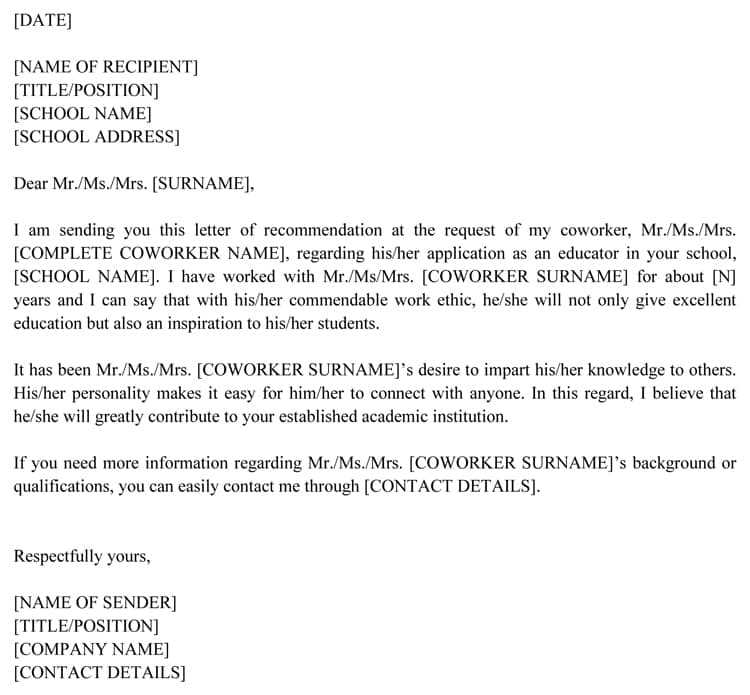
Another common mistake is failing to focus on the key attributes that make the individual stand out. Instead of addressing irrelevant qualities or skills, it’s important to emphasize what truly sets them apart in the context of their goals.
| Mistake | Why It’s Harmful | How to Avoid It |
|---|---|---|
| Vagueness | Weakens the endorsement, making it forgettable. | Use specific anecdotes and examples. |
| Over-exaggeration | Can lead to skepticism, lowering credibility. | Be honest and focus on realistic accomplishments. |
| Excessive Formality | Can make the endorsement sound robotic and impersonal. | Maintain professionalism but show personality. |
htmlEdit
Best Practices for Personalization
To create a compelling endorsement, it’s essential to make it feel personal and tailored to the individual. Customizing your message ensures that the recipient feels valued, and highlights why the person is an ideal fit for the opportunity they are pursuing. Below are key strategies for making your endorsement more personalized and impactful.
- Know the Individual Well – Take time to understand their strengths, ambitions, and personal qualities. This knowledge will allow you to provide specific, meaningful examples that demonstrate their value.
- Match the Endorsement to the Opportunity – Tailor your message to align with the goals or position they are aiming for. Emphasize qualities that are most relevant to the next stage of their journey.
- Use Personal Stories – Illustrate their abilities with personal anecdotes that show their growth or achievements in real-world contexts. This adds depth and authenticity to your endorsement.
In addition, consider these practical tips:
- Avoid Generic Phrases – Steer clear of clichés. Instead of general compliments, focus on specific accomplishments and attributes that set them apart.
- Highlight Unique Qualities – Focus on what makes them stand out, whether it’s their determination, creativity, or leadership skills.
- Be Genuine – Your tone should reflect a true understanding of the individual. Authenticity resonates with readers more than flattery or exaggeration.
htmlEdit
Why Recommendation Letters Matter
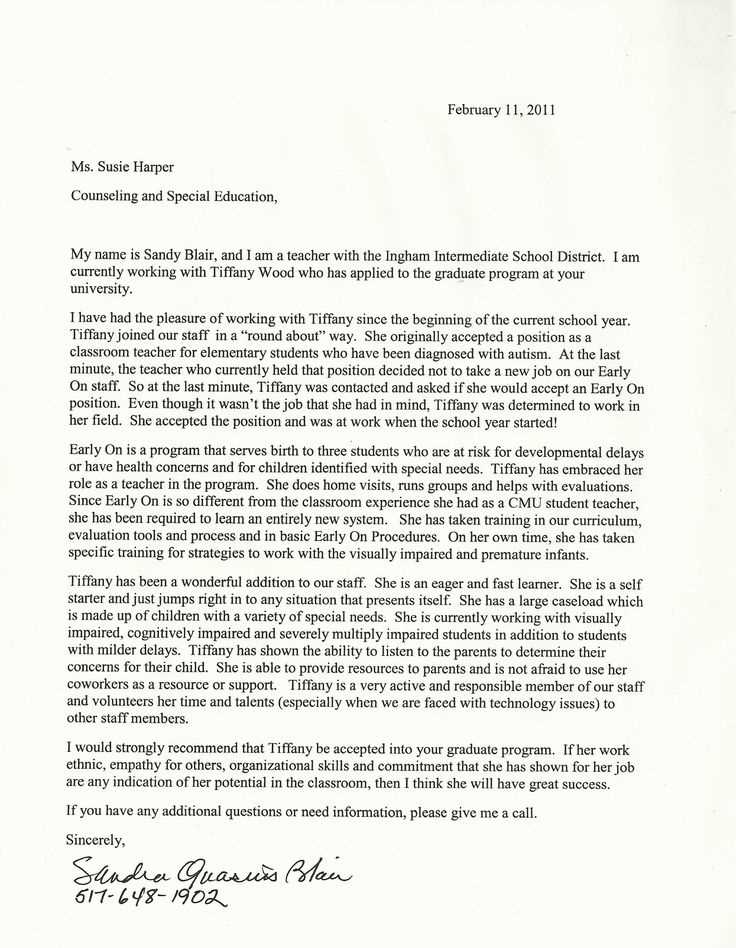
Endorsements play a crucial role in helping individuals stand out in competitive environments. They provide a unique perspective on someone’s abilities, character, and potential, offering insights beyond what a resume or application might convey. These documents often serve as a powerful tool in decision-making processes, highlighting qualities that may not be immediately apparent from other sources.
In addition, strong endorsements help build trust and credibility. When someone with authority vouches for an individual, it reassures decision-makers of the candidate’s value and integrity. This external validation can significantly impact the outcome of an application, whether for a job, an academic program, or another opportunity.